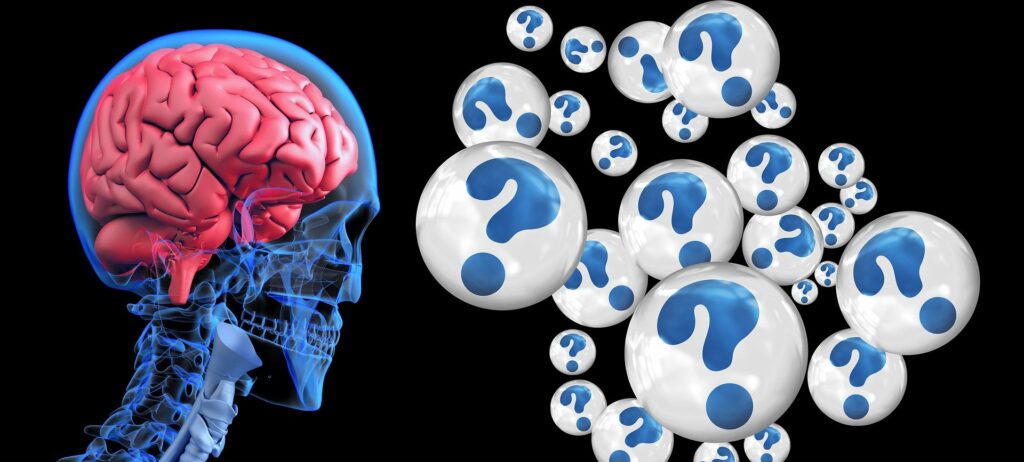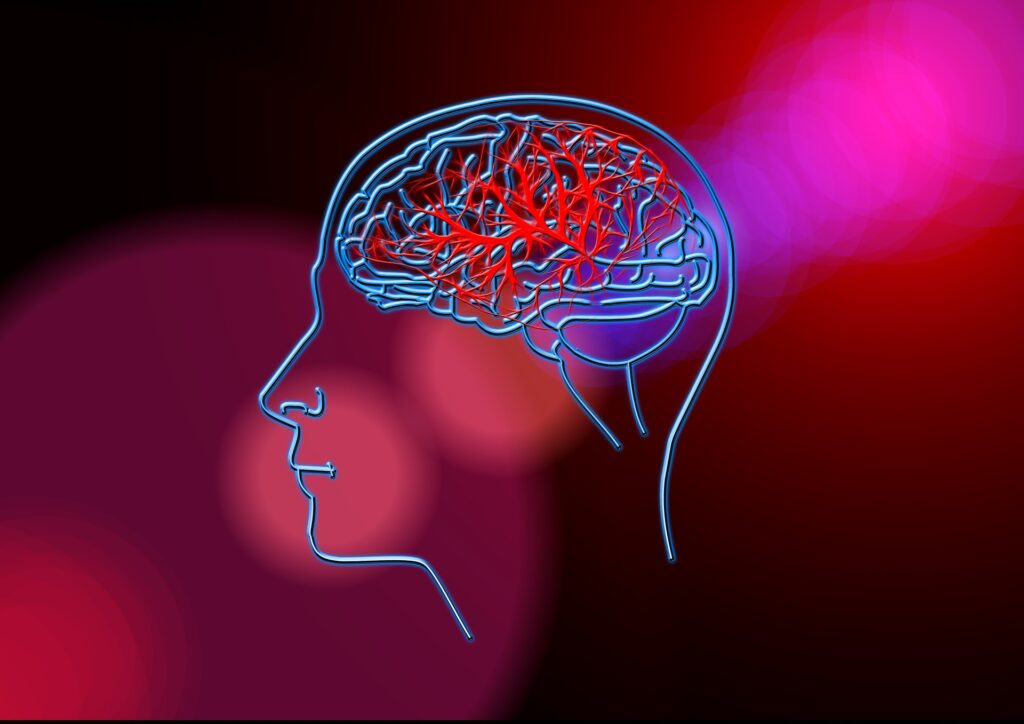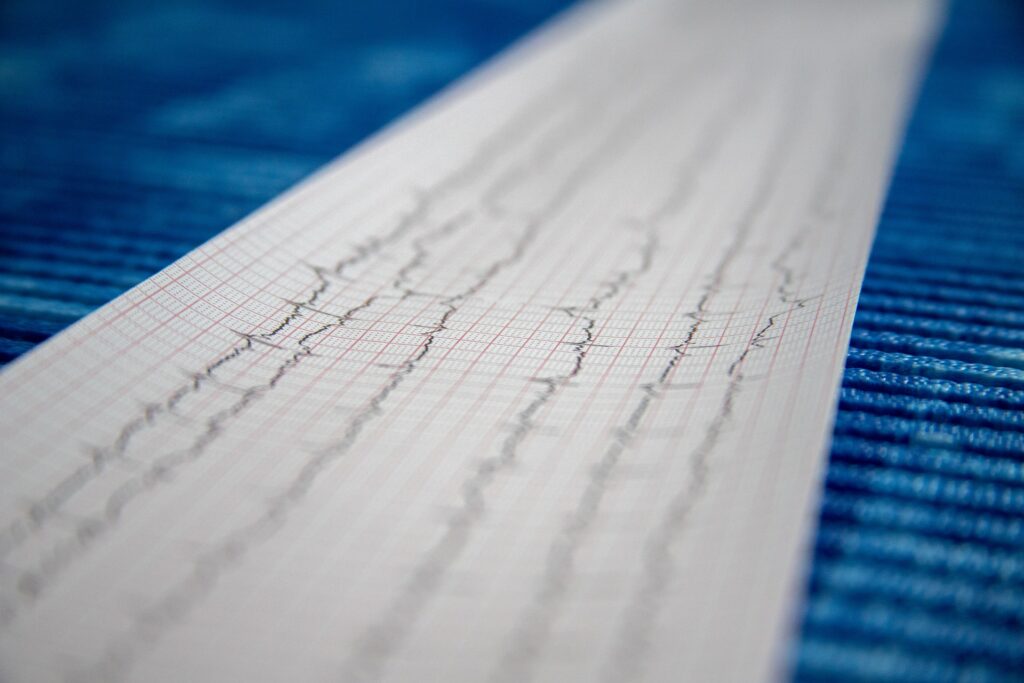What Is Myotonic Dystrophy?

When you hear the abbreviation MD you probably instantly think of muscular dystrophy, the disorder that affects millions and even has its own telethon. It is characterized by kids in leg braces with some in wheelchairs. Another MD however is myotonic dystrophy, which is an offshoot of the main version and the most common form that begins in adulthood.
It too is a long-term genetic disorder that is characterized by loss of muscle function with gradually worsening symptoms like muscle loss and weakness as the disease continues on its path. While currently there is no cure, doctors can treat the symptoms of the disease, things like cataracts, intellectual disabilities, and various different heart conditions that can accompany the disorder.
Myotonic Dystrophy is also characterized by the fact that the muscles contract and then are unable to relax, a state of myotonia which comes from the Greek for muscle ‘myo’ and the Latin for tension ‘tonus’. Myotonia is a symptom of neuromuscular disorders where there is a delayed relaxation of skeletal muscles after a voluntary contraction.
Anyone can become affected by myotonic dystrophy but the onset typically occurs in the 20’s or 30’s. Children who are born with the disorder, called congenital myotonic dystrophy typically have a more severe form and because it is an autosomal dominant pattern of inheritance, it means that if you have the disorder you have a 50% chance to pass it onto your child.
This condition affects 1 in 8000 people worldwide. Although symptoms can be present from birth, getting a definite diagnosis is tricky as there are so many neuromuscular disorders out there. Those with the disorder typically start with general weakness beginning in the muscles of the hands, feet, neck, or face. The weakness then slowly progresses to the other muscle groups including the heart. Those with a more mild case may only see weakness in one area, whereas those who have a more complex case will see multiple areas of weakness and muscle loss.
Sadly there is not a cure for myotonic dystrophy. If you are diagnosed with it you may be prescribed braces or orthotics to help with muscle support and some patients will find physiotherapy very helpful as they fight to keep their muscles strong. Although most patients do find a way to live with the disorder, sadly others do pass away from the disorder and it’s the multitude of symptoms.
Soulful Encounters is a safe and welcoming dating service for the disabled and differently-abled community. For friendship, love or information, please visit http://www.soulfulencounters.com today.
https://www.handicapreview.com/product/10xpure-gold-cbda-muscle-joint-relief-cream-30-convenience-packets/




